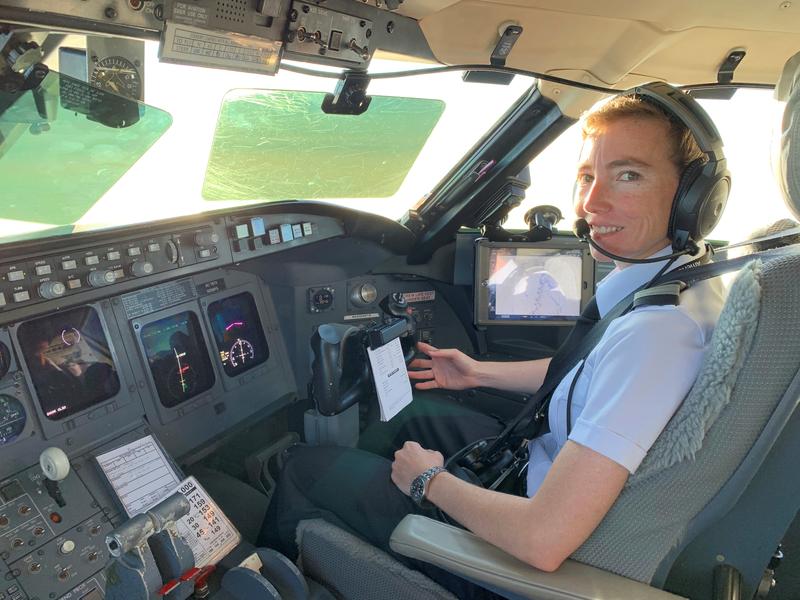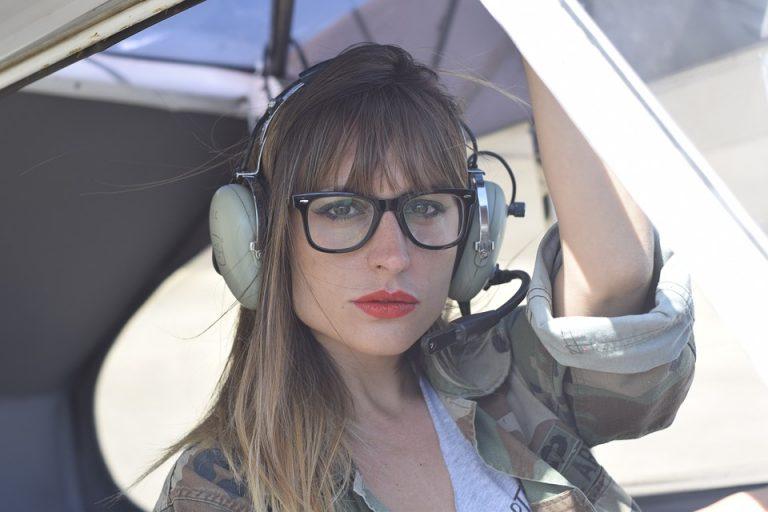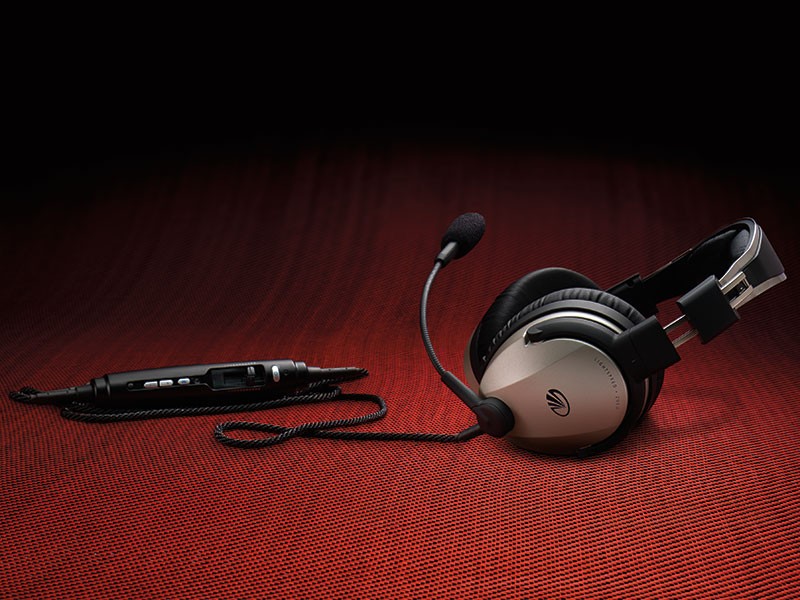Although the history of powered flight dates back nearly 100 years, concerns about the effects of aircraft noise on hearing are relatively new. We’ve all heard the axiom, “there are old pilots; there are bold pilots; but there are no old, bold pilots.” We could add, “and precious few with normal hearing.” In fact, in the days of open cockpits and wire struts, pilots flew with ears unprotected and gradually damaged the hearing they desperately needed to be safe while flying. It is said that the whisper test, still used in the flight physical, has its roots in the perceived necessity for pilots to hear the singing of the support wires while in flight.
While most cockpits today are closed and there have been advances in sound treatment (i.e. mufflers, soundproofing insulation, etc.), cockpit noise levels still are well above safe levels. Today’s pilots and passengers are subjected to noise that can have numerous adverse effects, including:
- Permanent hearing loss
- Stress and fatigue
- Masking of wanted sounds
- Negative effects on speech perception and recall



